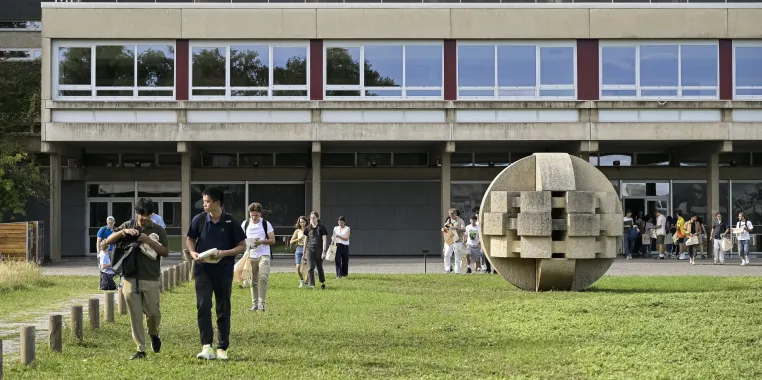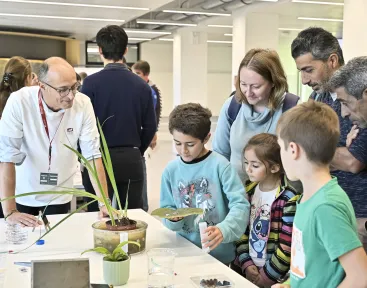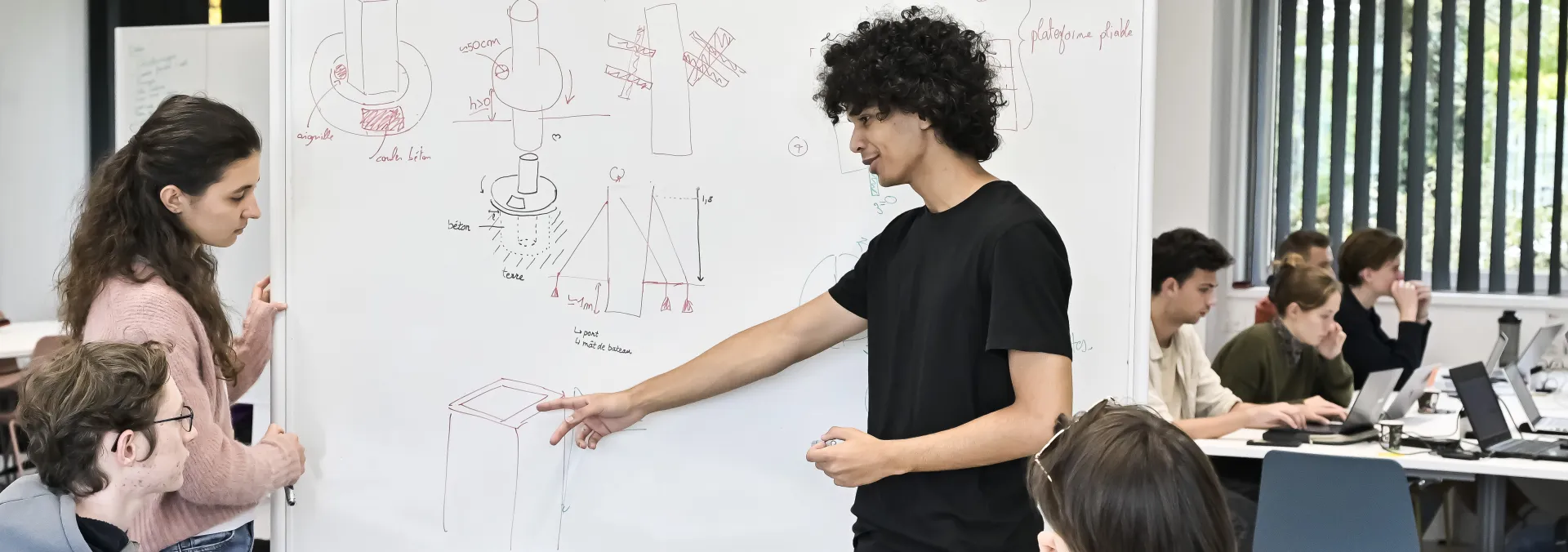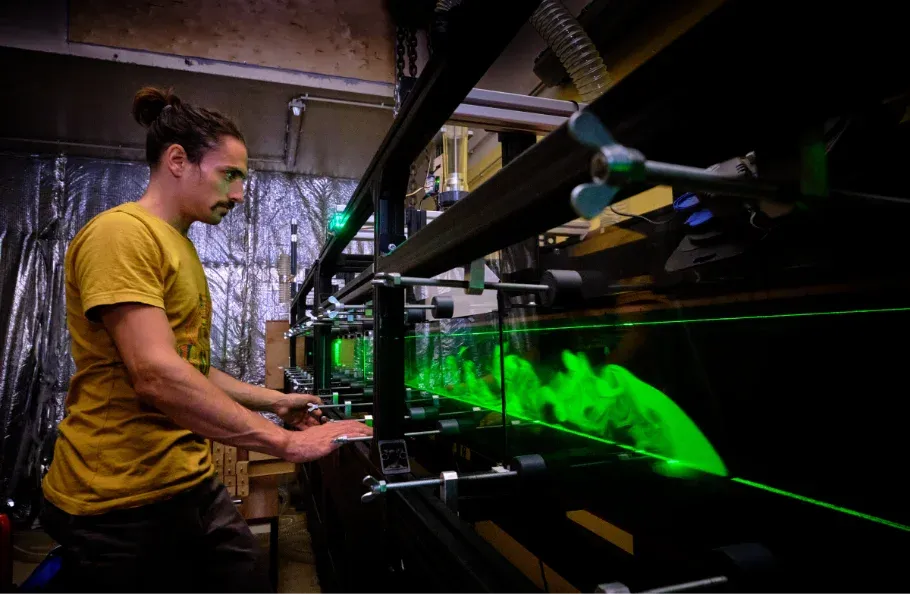
From the start of the 2026 academic year, Centrale Lyon will be introducing a modulation of tuition fees for new engineering students. This ambitious decision, adopted by the Board of Directors, is in line with the school's desire to reinforce social...


Research at
Centrale Lyon

Two campuses
in Lyon and Saint-Etienne
École Centrale de Lyon offers high-level scientific training on two campuses on a human scale. Whether in Lyon or Saint-Etienne, all the facilities on offer enable students to develop in a high-quality environment.

